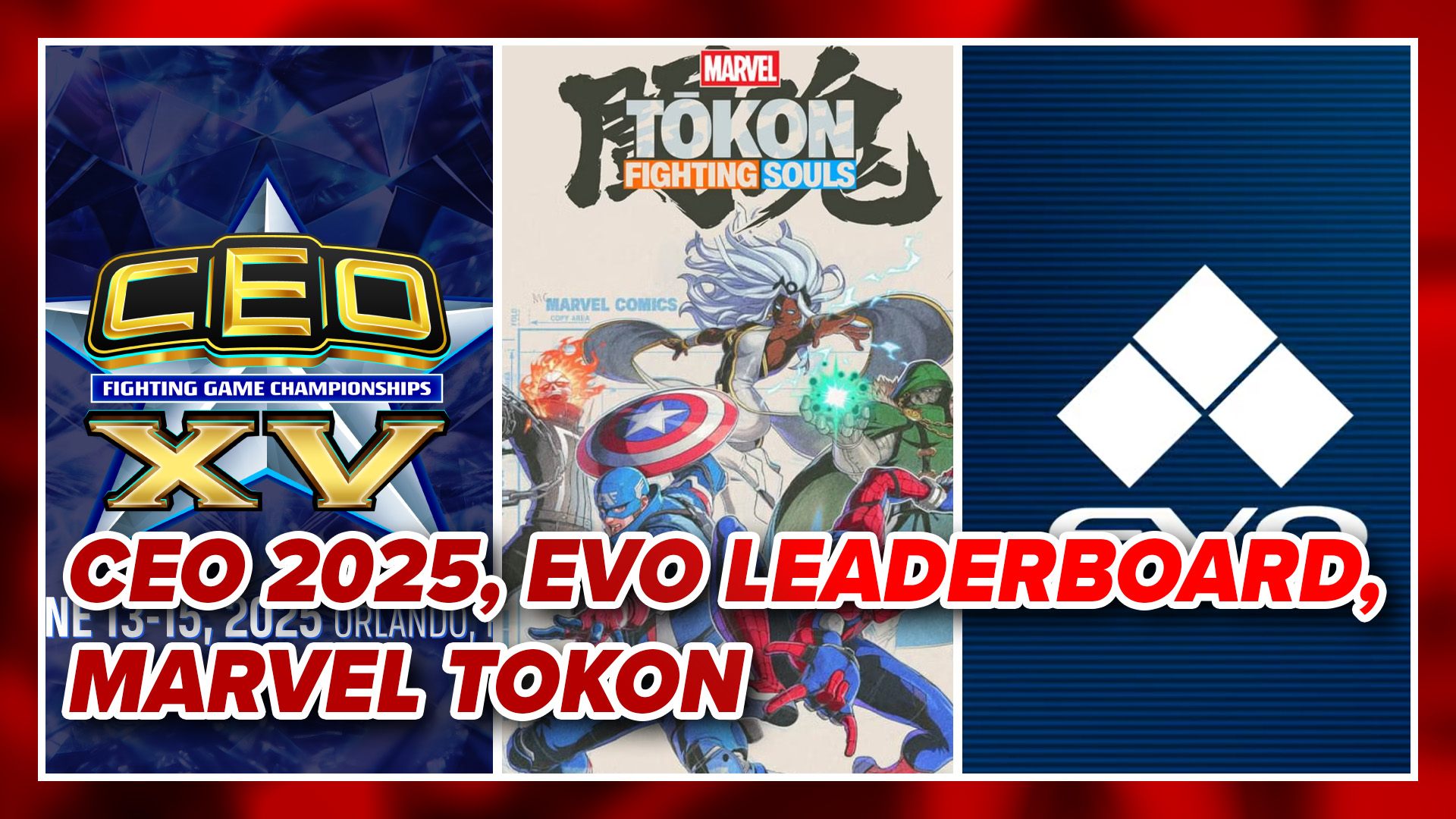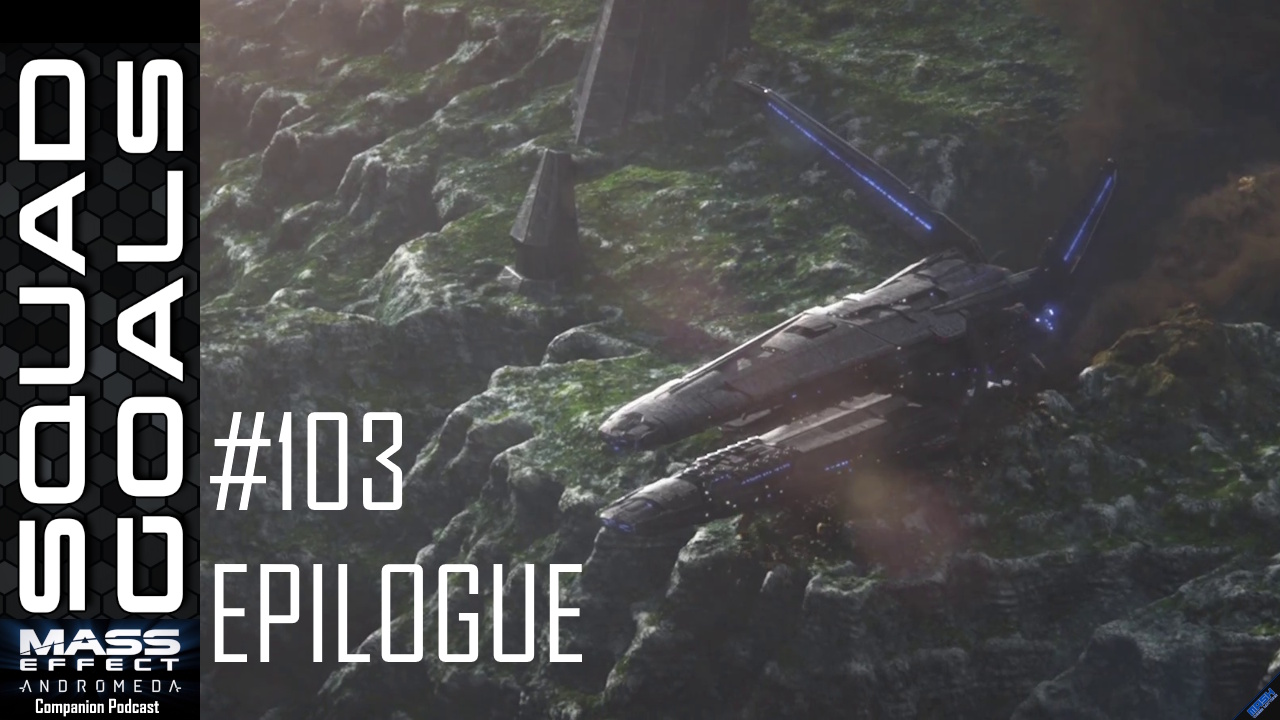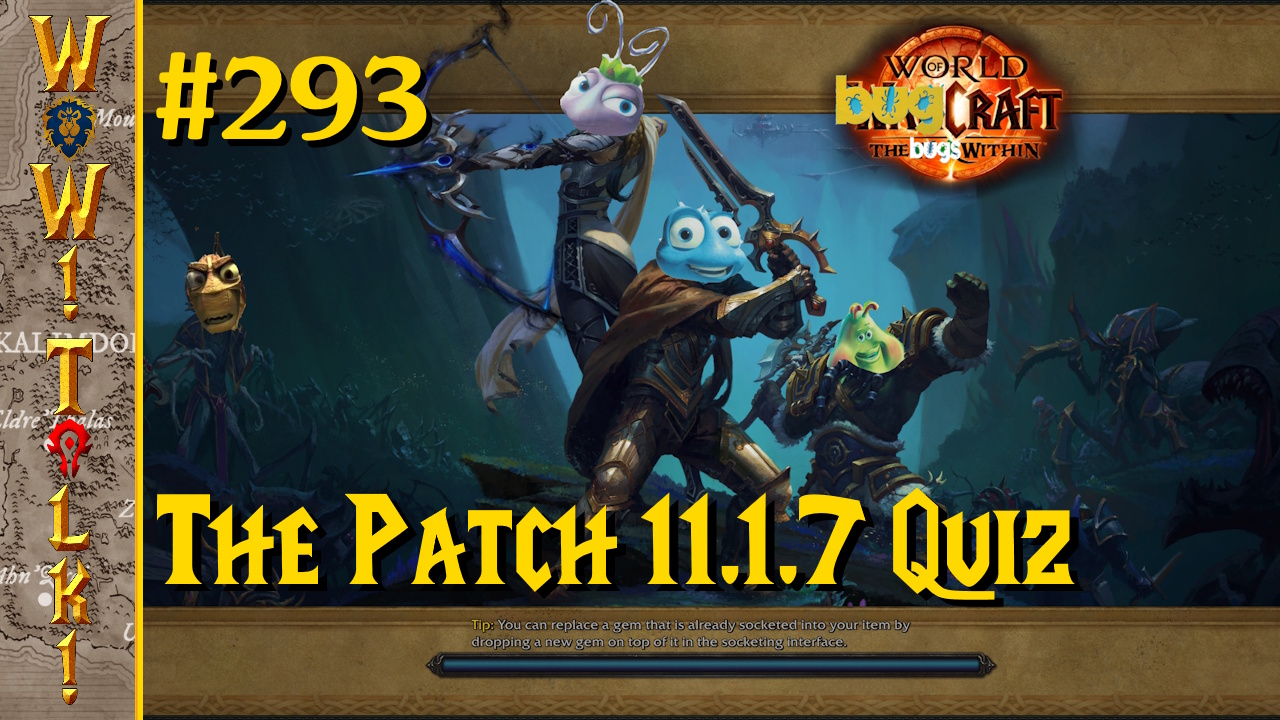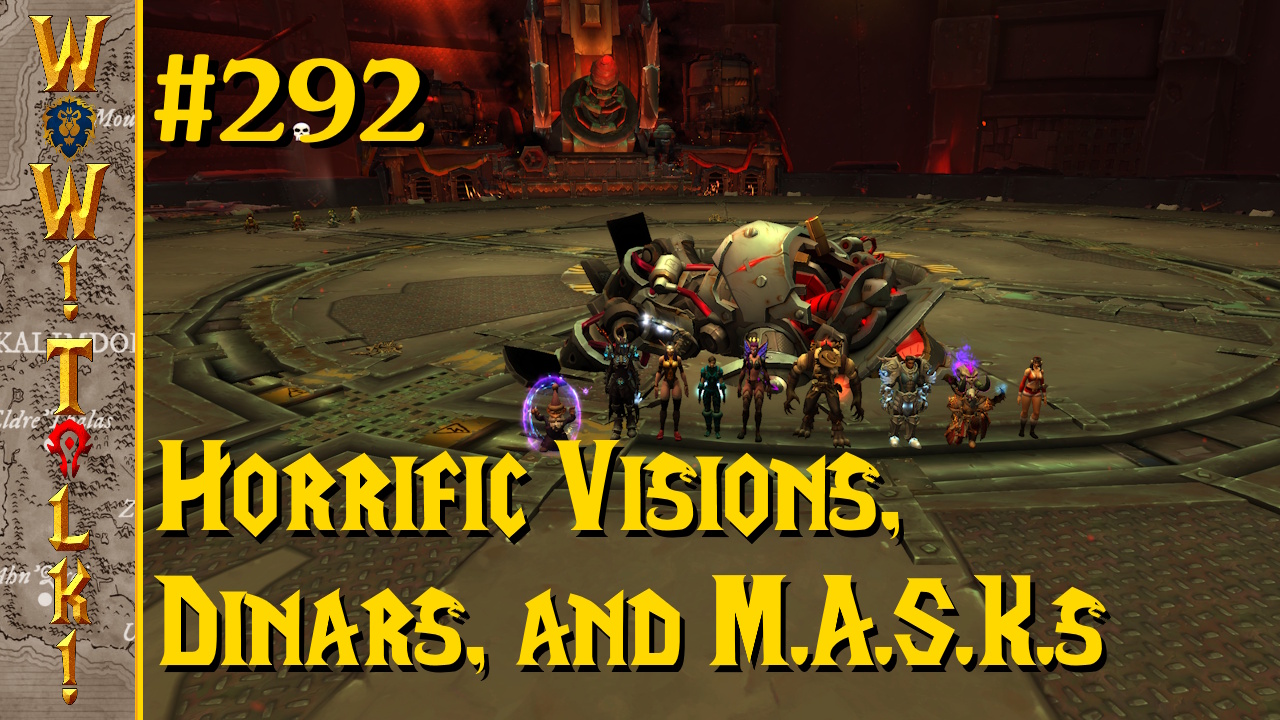
Editors Note: We would like to note that Joel Couture does his own graphics work…
I didn’t see Irrational Games’ closing coming. There have been a lot of studios over the years that have closed up shop, although most of those have come from a game flopping or something like that. Irrational’s last game was huge, and Bioshock Infinite was easily one of the most talked-about games of last year. Still, Ken Levine, the head of Irrational Games, wants to take his career in a new direction, and the company was dissolved as a result.
Ken Levine, creator of one of the biggest franchises of last generation, wants to work on smaller, more intimate projects. If his next work wasn’t being published by Take Two Interactive, I’d almost say he was going indie. How wild is that?
The appeal of this kind of move doesn’t surprise me on some levels. After all, there are lots of issues that have come up from how expensive and difficult it is to make a modern Triple A game. It costs a fortune to make games these days, and requires the work of a good couple hundred people. As graphical fidelity increases and the amount of time and work that goes into every frame goes up, games need to sell that many more copies just to turn a profit. It’s great that games can look this good on all the newest systems, but the amount of work that goes into making graphics look like that has skyrocketed as well. With that increase in manpower, you also see costs climbing and climbing and climbing.
The companies that fork out the cash for these games are only going to do so if you they see a return on that money. These aren’t well-off fans dropping some kickstarter money on things, but venture capitalists who are spending millions of dollars because they expect to see more millions come back their way. This can only happen in a couple of ways, with either the price of games going up or an increase in the amount of games sold. With the price of games seeming to be set in stone by the attitudes of current gaming consumers, the only way to go is to sell more copies. Even then, there are games like Resident Evil 6 that have sold millions of copies but are still considered a commercial failure. That was last generation, too, so in the current gaming market the stakes are even higher. If a game can sell millions of copies and still fail on the last generation of platforms, what would an even more expensive game have to do in order to stay afloat?
DLC seems to be a popular answer, although Free to Play is creeping up on it. Both of them hope to take games that already exist and bolster them with a bit of content in hopes to wring some more money out of them. With DLC, it’s a sneaky way of raising the price of games, although more work comes with it which means that it still costs money in hopes to make a bit more. With current hostilities toward DLC at an all-time high from quickly-released content, I wonder if that model is working that well. It was a nice idea on making games last longer, but unless a lot of people are buying, I can see why most games get very little besides cheap, simple DLC like gun and character skins. With internet download speeds being as varied as they are and with few gamers actually finishing the games they do buy, there are already problems with this model before it can even get going.
Free to Play seems to be the next quick answer, but few companies appear willing to create the quality game you need to build upon for it to work. Just look at EA’s most recent outings to see some examples. That’s just with some small games, too, as I can’t even imagine the amount of faith you’d need to put into creating a Free to Play Triple A title. It’d take a lot of courage for publishers to dump millions of dollars into something they intended to give away for free, let alone something good, in hopes that players would buy enough extra content to keep it going. League of Legends is the anomaly here, and I can’t imagine many games like this succeeding, let alone getting far enough along to even exist.
All the methods to make back extra money on games seem to be failing, and very, very few games are selling enough copies to justify their existences beyond a handful of big-name titles. The Assassin’s Creeds and Call of Dutys are the only ones who can justify their huge costs, with the occasional Grand Theft Autos thrown in as well. These games hit upon these big populations, and the companies that have created them all know it. They shamelessly mine these games, pumping them out as fast as they can to take advantage of the public’s fascination with them. They’re the unique successes of the industry in this generation, and compared with everything else that’s come out, are also the oddities. It’s unusual that they are making enough money to reliably stay afloat when so few other games can. How does an entire generation of consoles manage to keep it together on only a handful of franchises?
This was my big worry moving into the current generation of consoles. With studios closing and costs rising all over the place, I didn’t think there was enough money and gamer interest to keep them all going. Developing for these new systems is even more expensive than ever before, and we were already seeing many studios closing just because they couldn’t make any money in this market. All of the problems of last generation were only going to get worse, and all of the solutions that had been attempted to save them were falling apart. It was nice that we all got shiny new systems, but with no one to publish on them besides Ubisoft, Activision, and EA, would we really be willing to buy them?
With the market looking like that, there are still small companies that are doing well without going down the console road. Just look at the outrageous success of Flappy Bird, a simple game that brought its developer over fifty thousand dollars a day in ad revenue. Again, this is a unique situation that won’t be easy to duplicate, but the amount of financial risk involved in creating something like Flappy Bird is a whole lot lower than what would go into the next big shooter. It seems like a far safer bet to try to make something interesting with a small studio — something with low costs, and then do your best to market that to the current gaming public. After all, with a big name involved in the project, it would probably be pretty easy to get it noticed and to do well. I’m sure Tim Schaeffer did all right with Broken Age, and he certainly wasn’t complaining about the absurd amount of press he got.
Why wouldn’t Ken Levine want to go for that? Sure, you can’t make the same visuals with this model that you could by going with a Triple A studio, but with lower risks and lower costs, it’s a lot easier to make some money making games this way. The worst problem you might have would be that with the lowered prices of digitally-distributed PC games you might still have to sell quite a few copies to make money off of a really polished and complex indie game. Still, which of these sounds harder: selling a ten dollar game or a sixty dollar one? What would you rather be trying to do? There’s also the perk that it’s much, much easier to be more hands-on with your project when everyone working on it is in the same room.
With this move, it’s starting to seem like the best solution for the Triple A market’s woes might just be its own destruction, or at least a complete change in scope to smaller projects. It’s not something I’m happy to see, but with costs rising and fewer games seeing the returns they need to continue, I find that the only success stories seem to be the same games coming out over and over again. Originality has been all but choked out in favor of making what works, as that’s the only way to make money in any reliable way. With everyone else scrambling pathetically to gouge players through bad Free to Play and DLC models, it really doesn’t look like there’s much worth saving in the Triple A market beyond a handful of titles. As large as those titles are and for as many copies as they sell, they really only focus on a very narrow set of gamer interests. Only a few types of game work in the big Triple A environment, and unless you’re one of those big boys, you have almost no chance.
Console makers see this and have made concessions for it with their indie markets, and I can see why Levine would want to head in that direction. With so few chances to succeed in Triple A publishing and with all of the pitfalls of working in it, it seems like being a developer of smaller projects is a far safer, easier, and more creative way to make games. It’s not surprising to see some of the big developers seeing that appeal and wanting to get on board. As scary as the fall of bloated, costly Triple A Development is becoming, it’s making it an exciting time to be a gamer again. I’ve been seeing a lot more crazy projects since really paying attention to indie development, and with big names like Levine and Schafer working on more intimate projects or going full independent themselves, I think the market is only going to get a lot more interesting.
Dig out your popcorn, kids. Game development is only going to get stranger over the next few years.







